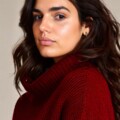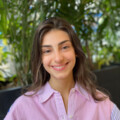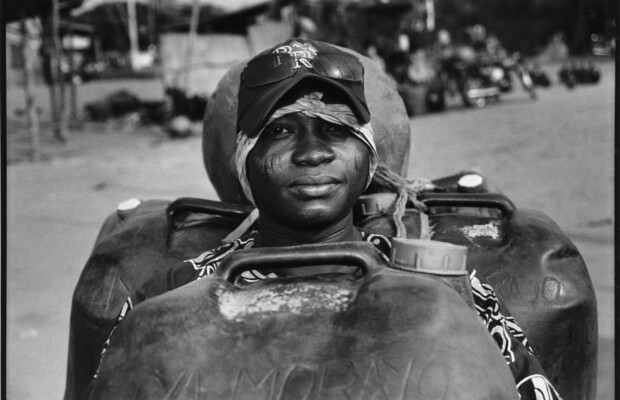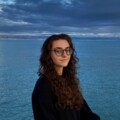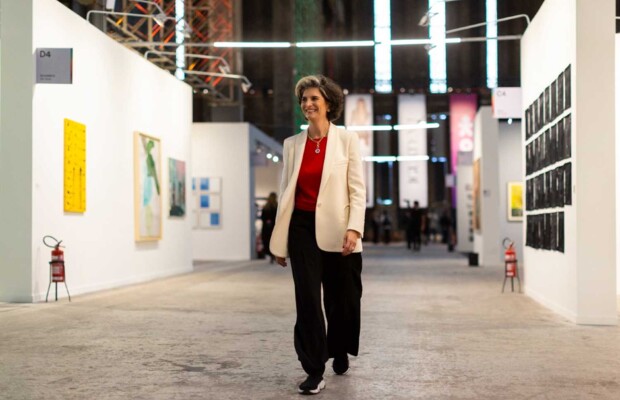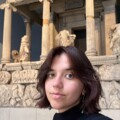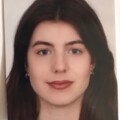Rotterdam Photo: from guerrilla beginnings to global showcase
Conversation with Marcel Kollen, the managing director of Rotterdam Photo
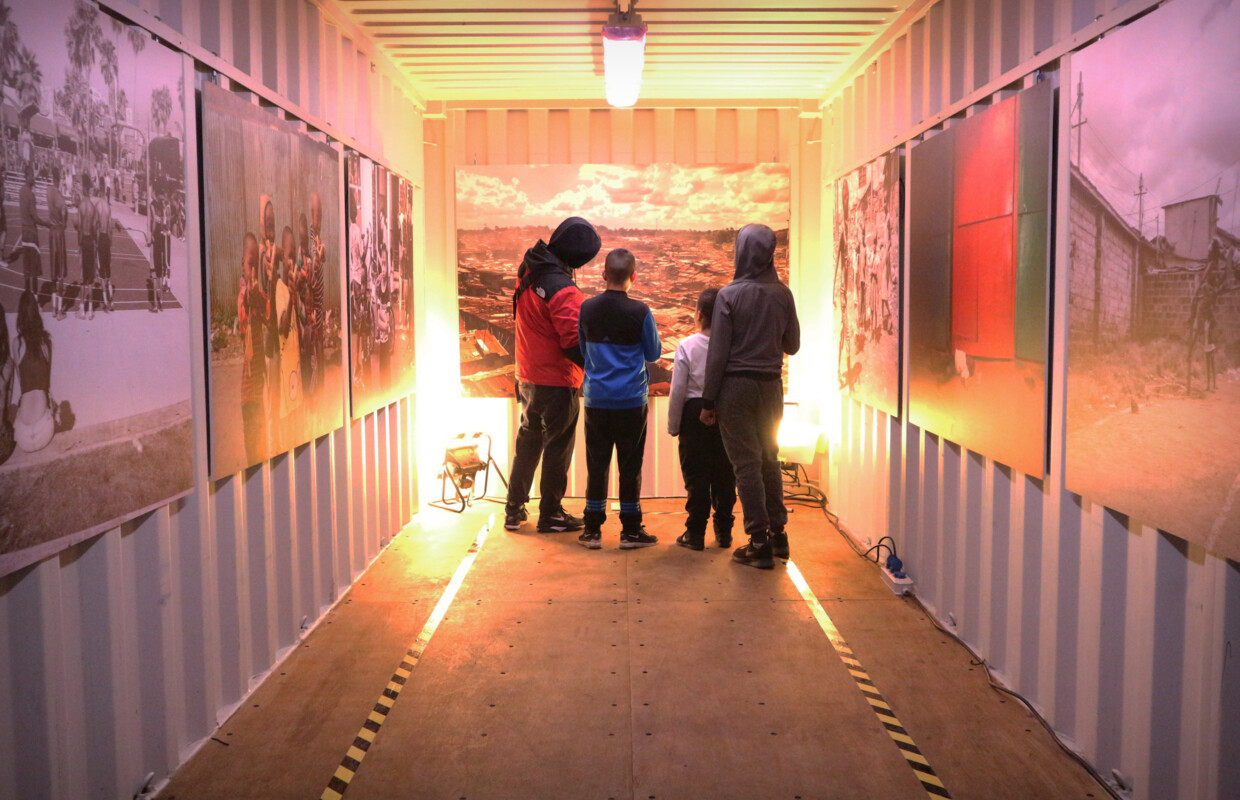
Rotterdam Photo, part of the Rotterdam Art Week programme, is an annual artist-based photography art fair held since 2016 in Rotterdam, the Netherlands. Known for its distinctive exhibition style, the fair is held in shipping containers. In its 7th edition in 2024, Rotterdam Photo will feature around 70 containers, showcasing a diverse range of photographic works from all over the world.
Visit the fair from 1st til 4th of February.
Madara: Please share about your background and how you came to organise Rotterdam Photo.
Marcel: I was a photographer myself. Before that, I studied leisure management and worked in the event management for 15 years. Eventually, I reached a point where I no longer wanted to fulfil ideas for others; I wanted to create something of my own. So, I dove into photography. After a while, I had a bunch of images stored on my computer and started thinking, 'What's next? What can I do with these?'
This was in 2016, and, as every year, Rotterdam Art Week was happening, which is also the time when Art Rotterdam fair is held, and it struck me as a perfect moment. The industry was all there – the galleries, the buyers, the press. I wanted my work as a photographer to be seen and perhaps even sell some pieces. But, not being represented by a gallery, I couldn't show my work at the big art fair, so I thought, 'Okay, what now?'
Coming from the events background, I decided to rent a container, get a license, and just set it up right next to the fair. It was quite a guerrilla action, but that's how I got started.
So in a way, it really started as a personal need for myself as a photographer. When I shared my idea with some fellow photographers in Rotterdam, they were enthusiastic and wanted to join in. So, we began with around six containers, and it attracted quite a crowd. People seemed to really enjoy it, which was encouraging. The following year, I decided to invest more in our publicity, and we experienced a jump to 32 containers. It was a big leap, and as the event grew, we became more professional, secured more funding, and expanded further. Two years ago, we reached 90 containers, but honestly, that felt too large for us. We realized it was overwhelming for visitors to experience what essentially was a village of 90 exhibitions. It was just too much. So, we decided to scale back a bit to focus on quality. As a smaller company, making better choices and reducing the scale meant we could ensure a higher-quality experience. Plus, having less to manage was a nice change for us.
And how did this influence your path as a photographer?
Well, that's actually a small issue… I don't take photos anymore. Yeah... that has changed.
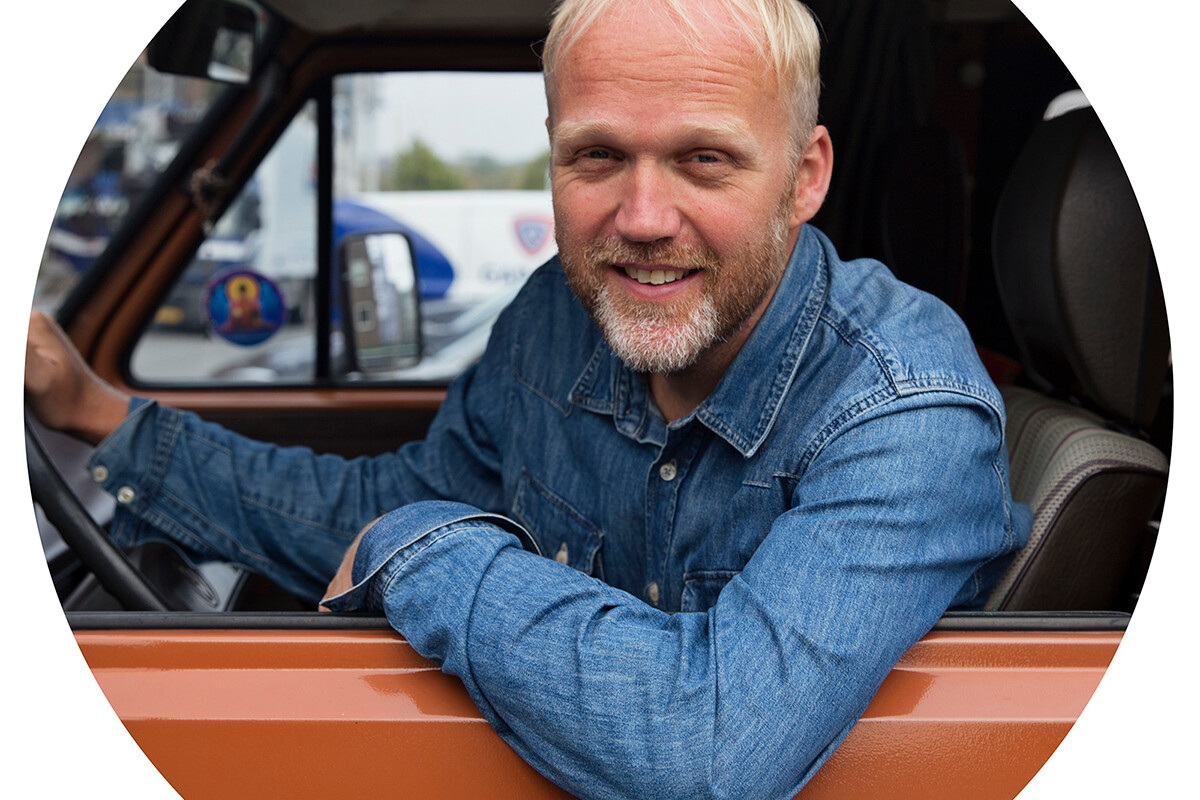
The curse of art managers… But the event is still held in containers, even after many years have already passed since the first guerilla action. Why has it been important for you to continue stepping out of the usual white cube and present art in such an urban setting?
There are several reasons for this choice. Practically speaking, it started this way and quickly became our trademark, which obviously is something we wanted to continue. Also, Rotterdam is still one of the world's largest harbour cities with many containers, so with this connection it simply made sense. This also contributes to the raw, rough feel of Rotterdam, which I personally appreciate. That’s why we describe the event not just as a fair, but also a festival. Stepping away from the traditional white cube space, in my opinion, is beneficial. The white cube can be a somewhat passive way to exhibit art and might even stifle creativity for exhibitors, photographers, and artists. Exploring other methods is important.
There's also an aspect for the audience, as stepping inside a container feels more accessible. With traditional galleries, many people hesitate to step inside, feeling it's not their world, or it might be too expensive, or they won't understand it. Using containers removes this barrier, making the event appealing to a broader audience. That's my perspective on it.
Have you noticed an impact on the photography scene in Rotterdam and the surrounding region since you started the project?
One thing we've noticed is a significant gap that the students face when graduating from photography courses and universities. The next step after graduation is usually a gallery or a photo museum, but often that's too big of a leap. This is where our fair comes in, offering an easier entry point and a good platform for growth. We've begun collaborations with institutions like the Willem de Kooning Academy, which has a photography course.
Our collaboration extends to other schools as well, creating a space and environment for young, emerging photographers. It's been quite successful. Over the years, we've seen more small-scale initiatives popping up around the city. While gallery tours are a common feature in many cities annually, we're also seeing other smaller, local initiatives. We make an effort to connect with these projects, understanding what's happening in various neighbourhoods. Our role sometimes involves promoting these initiatives or helping them find exhibition spaces. Overall, there’s a growing sense that the photography scene in Rotterdam and the surrounding region is really coming to life, becoming more vibrant.
Do you have a vision of what other collaborations, perhaps municipal or governmental, might be fruitful to continue promoting photography as a medium?
Yes, that's an excellent question. Currently, we're still a small company, collaboratively working towards this festival. This is a crucial time because, at least here in Holland, every city has a four-year cultural plan, backed by significant municipal funding. It's known as the cultural and art plan, and applications are only accepted once every four years. Until now, we haven't been able to secure this funding, but we're in the process of developing a new plan, including all our future projects and potential international collaborations.
We're aiming to request more support from the local government to establish more robust platforms and become a more effective, fruitful organization.
Currently, we manage some aspects, but often on a smaller scale and with many unpaid hours. Fair pay practice within the art community is crucial, which is why we're also applying for this funding.
A lot of people don't know that Rotterdam Photo is not the only activity we do. While the main event remains our primary focus, we are also organizing smaller, separate events during the year. For instance, we send Rotterdam-based photographers to international locations like New York and Perth, thanks to our partners there. We've created small documentaries for twelve different photographers based in Rotterdam. These documentaries were broadcasted within the city, accompanied by a small exhibition. Additionally, in 2018, we organized an exhibition in New York's Photoville, featuring three photographers. We've also established a collaboration with the Perth Centre for Photography in Australia. Each year, photographers from Australia participate in our events, and we reciprocate by sending three photographers to their venues. Unlike ours, their setup is more like a museum, similar to Foam in Amsterdam.
Moreover, we're now collaborating with the Belfast International Photo Festival, planning to implement a similar exchange. Another significant part of our work involves the academy. We assist students by providing half-year courses and guidance, culminating in the presentation of their work during our festival. These are just a few examples of the 'invisible work' we do throughout the year.
These projects might not be visible to the public, but they are ongoing. Our aim is to increase our visibility throughout the year.
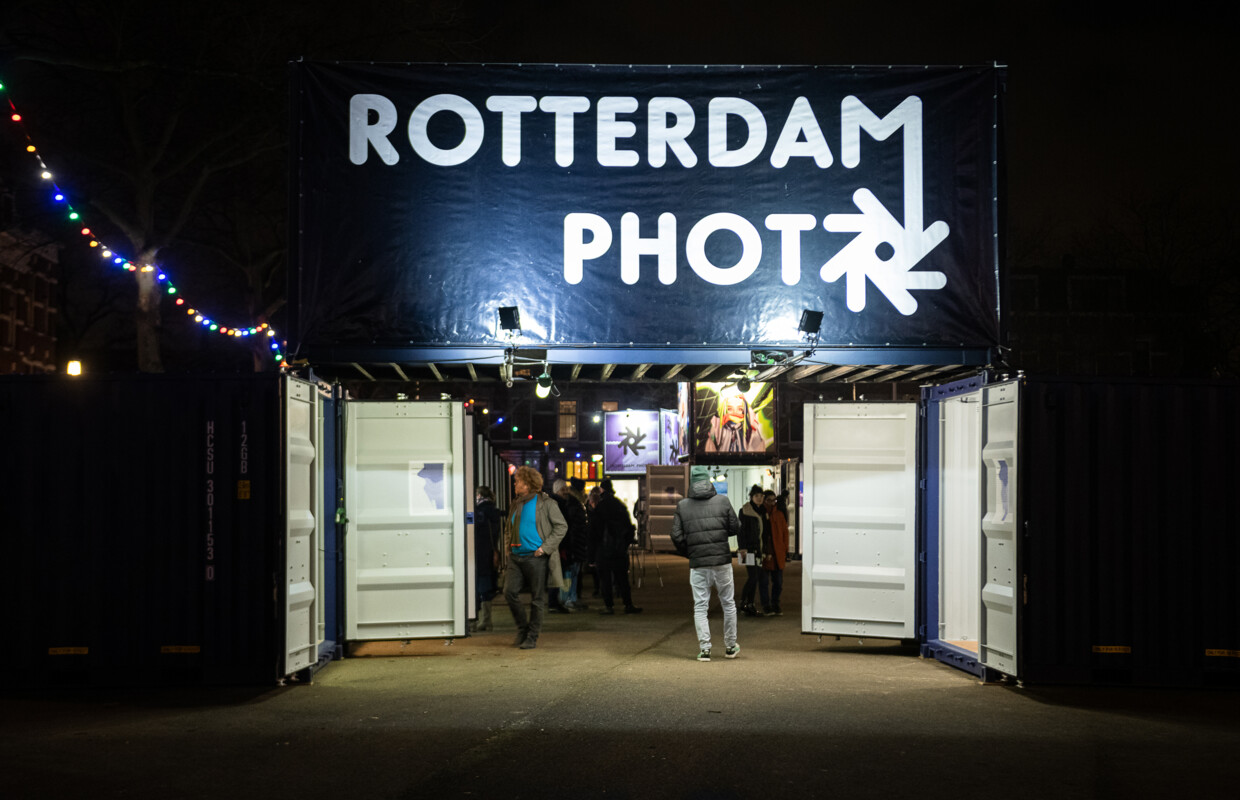
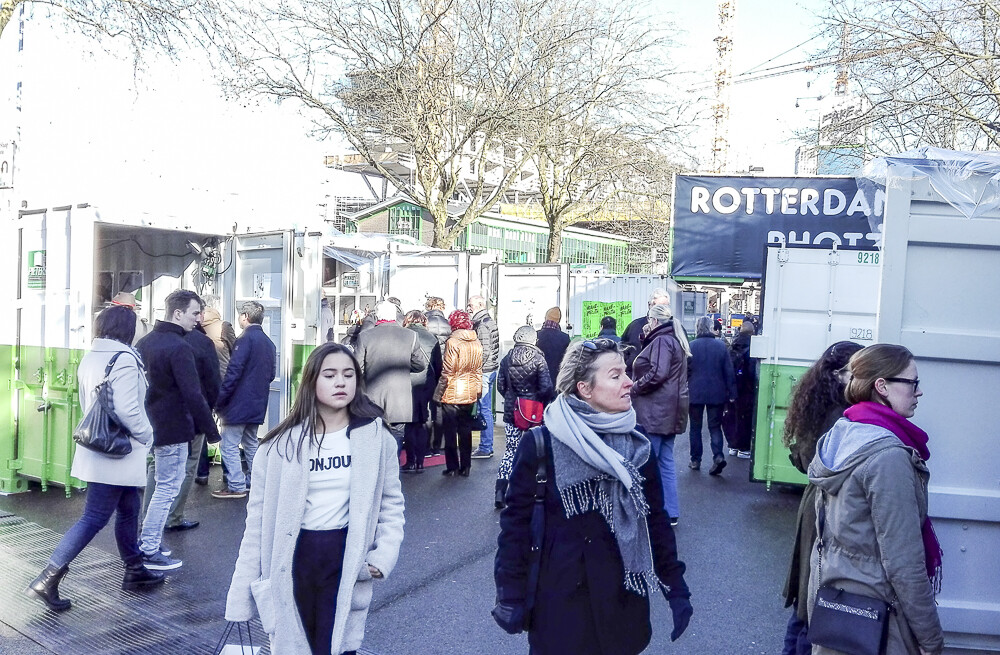
In past interviews, you've emphasized the importance of giving Rotterdam Photo a festival-like atmosphere. Could you explain how you are accomplishing this? What other activities are happening during the fair?
Yes, the festival-like atmosphere of Rotterdam Photo really sets us apart from other fairs during the art week. Unlike the usual fairs where there's just an exhibition, our outdoor setting already lends a more festive vibe. As visitors enter our festival site, they encounter a completely different world within each container, as each of them hosts a different photographer's exhibition, varying from a homely atmosphere to abstract concepts.
This diversity in each container creates a unique atmosphere, unlike typical fairs where only the art differs, not the environment.
Moreover, about 70% to 80% of our photographers are present in their own containers, showcasing their work. This allows visitors to interact directly with the artists, not just gallerists focused on sales. They can inquire about the artists' creative processes and inspirations, which lowers barriers and fosters a more relaxed environment.
In addition to the exhibitions, we have music. DJs play records daily, and we feature live performances from Rotterdam-based bands. Food trucks are also part of the mix. Plus, every hour, an artist gives a presentation in their container, which is free for attendees within the festival area.
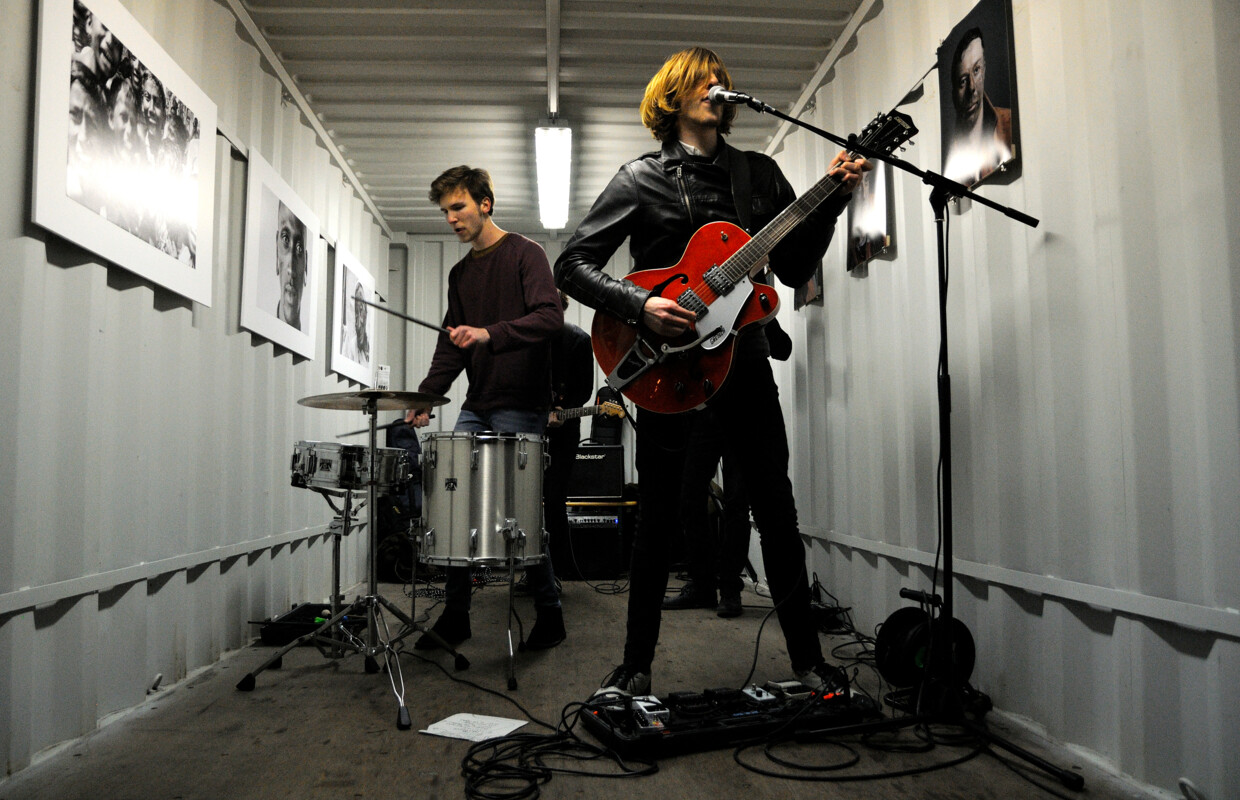
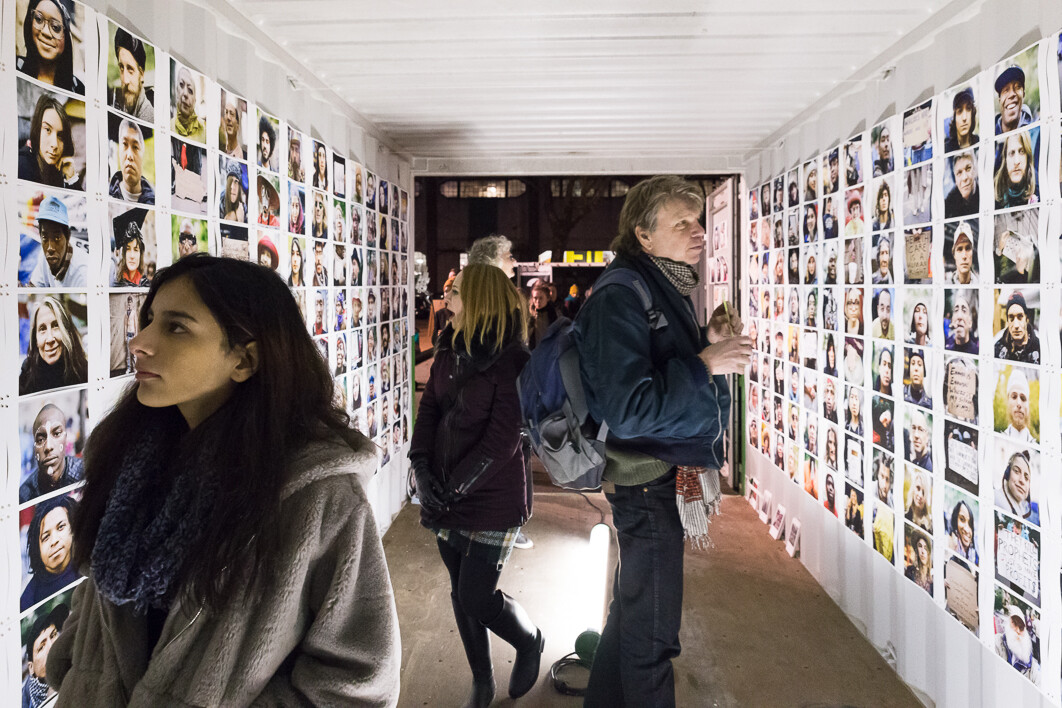
And now a bit more about this year's selection and program: the theme of this year's edition is “Imagine” - what inspired this choice?
Every year, we find it beneficial to set a theme for the event. While it's not mandatory, a theme provides a sense of direction, yet we aim to keep it broad enough so many artists can participate. If the theme is too narrow, it limits who can apply. That’s why we always strive for as broad a theme as possible. 'Imagine' is, in fact, the broadest theme we've ever had. The reason behind choosing 'Imagine' this year is that our previous themes have been quite heavy, often reflecting global events like the coronavirus pandemic or various conflicts, themes like “Human Blueprint”, and 'Freedom Redefined'. These themes were closely tied to current world events.
This year, I wanted to shift towards more creativity, to see how people perceive the world right now through their own 'imaginations'. This theme is incredibly personal and can be very interesting. I thought it would bring a positive light into the world during these times. 'Imagine' offers photographers tremendous freedom to submit their photos, and to create new work that reflects their creativity and their perspective on the world today. I believe it’s a good approach.
I'm really curious to know your opinion about whether the quickly developing AI tools have an impact on photography and how you see it shaping the photography medium in the future. Has it influenced your work already?
Absolutely, and I believe it's a positive development. We've been receiving many inquiries from photographers about whether they can submit photos created using AI. Our response is always affirmative. With this year's theme of 'Imagine', it opens up limitless possibilities, which is fantastic. Embracing AI technology allows photographers more freedom, space, and an additional layer of creativity. They can create more futuristic and surrealistic images, which is quite fitting for the world we live in today. So, why not embrace it?
However, it's crucial to maintain fairness in certain contexts. For instance, AI-manipulated photos wouldn't be appropriate for world press photos or documentary purposes, where authenticity and reality are key. But for a photo festival like ours? Absolutely, we welcome it.
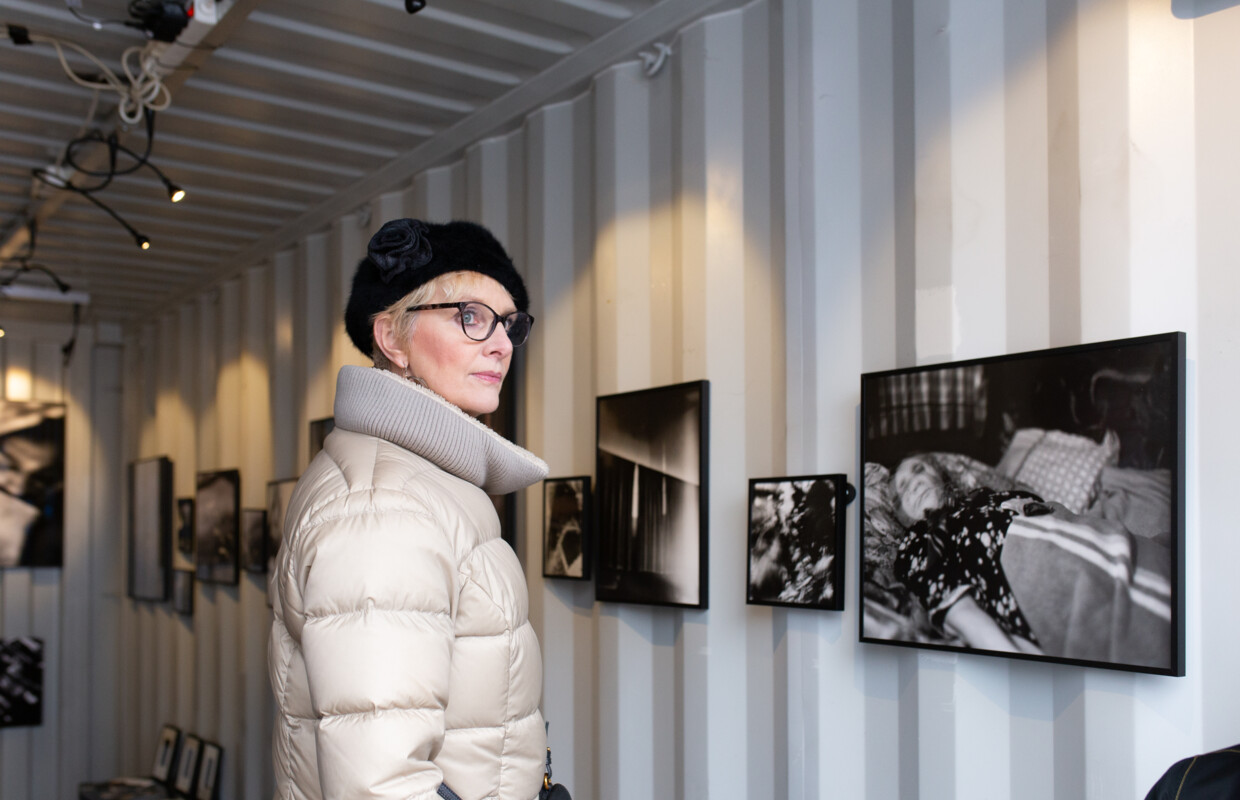
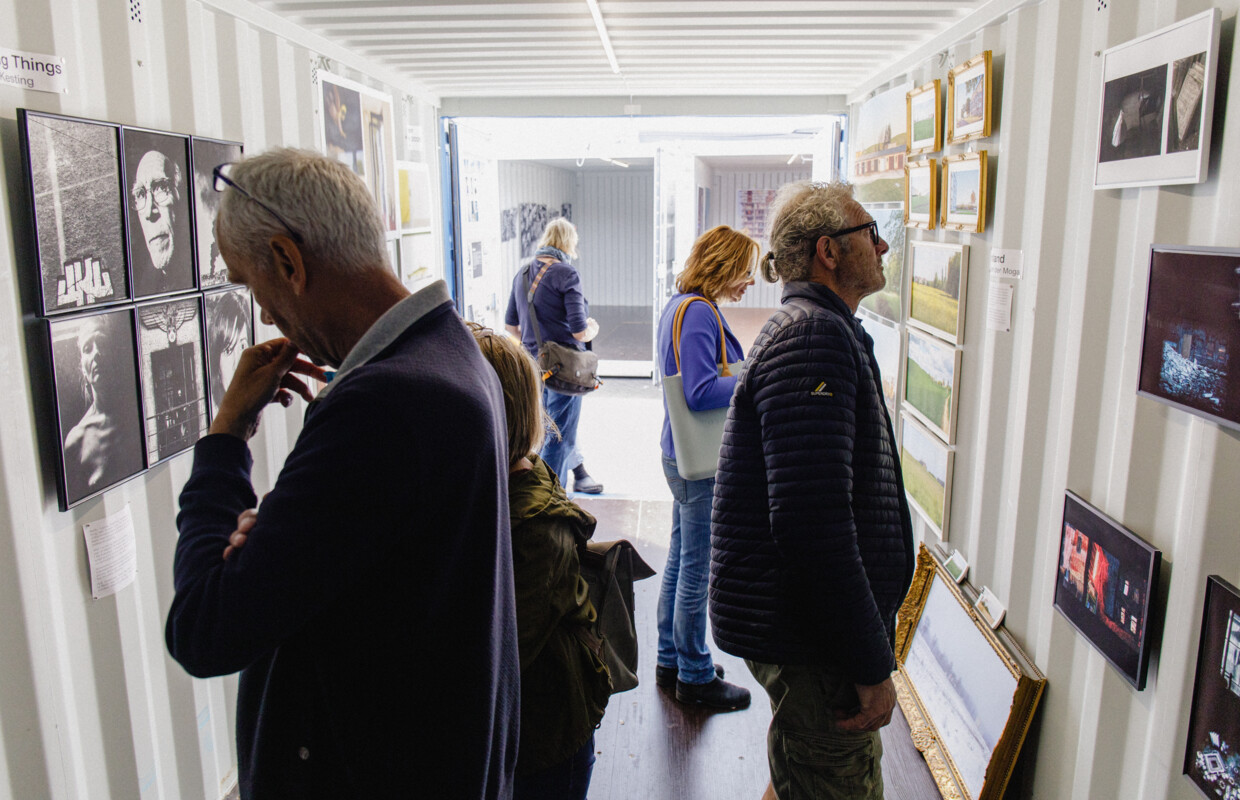
And now turning back to the 7th edition of Photo Rotterdam in February. Anything you are particularly looking forward to from this year's programme?
Yes, there are two artists I’m particularly excited about this year. Usually, Rotterdam Art Week is a week later, but this time it coincides with the International Film Festival of Rotterdam. With so much happening in the city simultaneously, we wanted to create a connection with the film festival. Film and photography are naturally intertwined, and video art is at the heart of this intersection. That’s how we came to feature work from Bill Viola, a renowned name in video art. We managed to arrange an exhibition of one of his video works during our festival, which is quite thrilling.
Another artist I'm looking forward to showcasing is Frederik Heyman, a Belgium-based 3D animation artist from Antwerp. His work extends beyond traditional photography, involving stills and dynamic elements. We use stills from both Bill Viola and Frederik Heyman, but also display their games and videos. I first approached Heyman about five years ago when he was a student. His work was impressive even then, and now, with our theme of 'Imagine', it fits perfectly. I was amazed to see how well-known he has become, working with major names like Lady Gaga and Beyonce. When I reached out to him, he was eager to exhibit with us, although he couldn’t create new work due to time constraints. However, he offered us to choose from his existing portfolio, which is truly amazing and aligns well with this year's theme.
Share the post:
